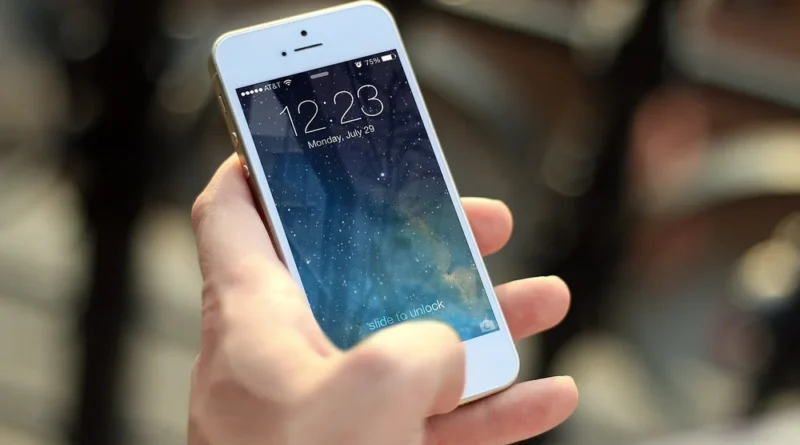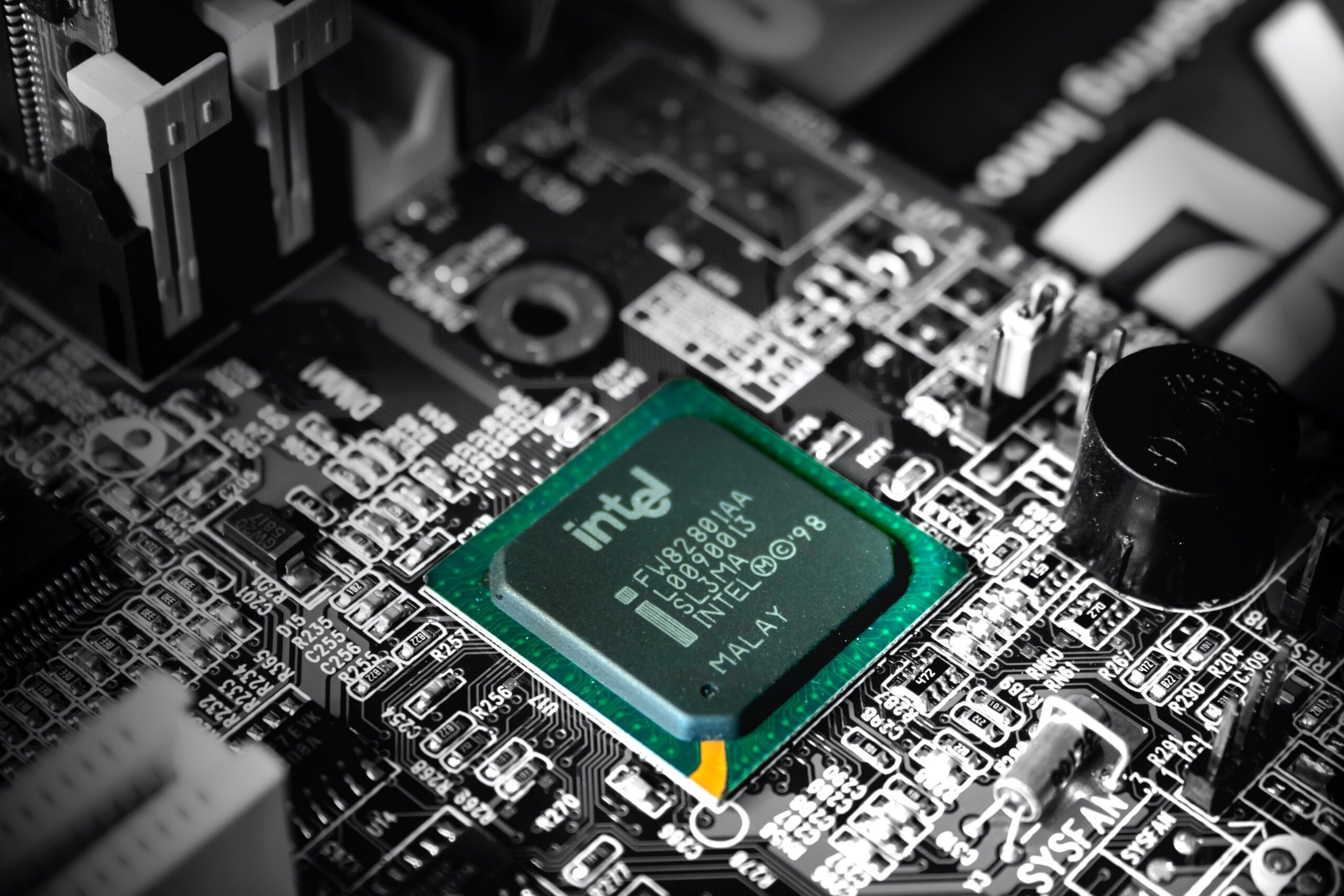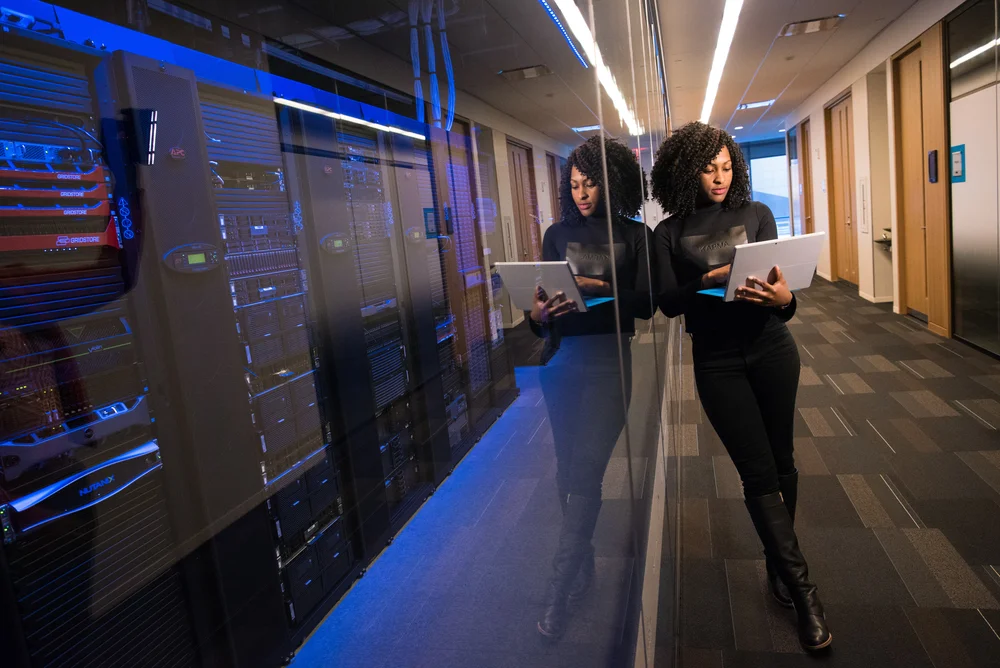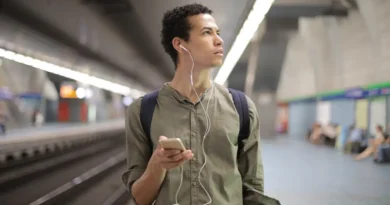Is Apple Considering a Shift? Older iPhones Might Receive USB-C Charging
In the ever-evolving world of technology, it’s not uncommon for companies to reevaluate and adapt their strategies to meet the demands of consumers and industry standards. Apple, the tech giant known for its innovative and trend-setting products, might be considering a significant shift. Recent rumors and speculations suggest that Apple is exploring the possibility of introducing USB-C charging to its older iPhone models. This potential change could have far-reaching implications for Apple’s ecosystem and its loyal user base.
The Transition to USB-C
Apple has been using its proprietary Lightning port for charging and data transfer in its mobile devices since 2012 when it was introduced with the iPhone 5. This move allowed Apple to maintain control over its ecosystem, ensuring that only Apple-approved accessories and cables could be used with their devices. However, the tech industry, as a whole, has been moving towards the universal USB-C standard for some time now.
Also read; Revolutionizing Mobile Tech: Nokias New User Replaceable Smartphone Launching in the US
USB-C offers several advantages, including faster data transfer speeds, higher power delivery capabilities, and the ability to connect to a wide range of devices with a single cable. It’s become the industry standard for most Android smartphones, laptops, and other electronic devices. Apple itself has already adopted USB-C for its MacBooks and iPad Pro models, signaling a willingness to embrace this universal standard in certain product lines.
Why Consider USB-C for Older iPhones?
The idea of introducing USB-C charging for older iPhones is intriguing for several reasons. First and foremost, it would simplify the charging ecosystem for Apple users. With USB-C becoming more prevalent across various devices, users often find themselves juggling multiple types of cables and adapters. By standardizing on USB-C, Apple could provide a more seamless and user-friendly experience.
Additionally, USB-C offers faster charging capabilities. Many Android devices with USB-C support fast charging, which can significantly reduce the time it takes to recharge a smartphone. If Apple were to bring this feature to older iPhones, it would be a welcome improvement for users who rely on their devices throughout the day and need a quick recharge.
Another advantage of USB-C is its versatility. With USB-C, users can connect their iPhones to a wider range of accessories and peripherals without the need for additional adapters. This opens up new possibilities for iPhone users, from connecting to external monitors and cameras to using a single cable for all their charging and data transfer needs.
Challenges and Considerations
While the idea of older iPhones receiving USB-C charging is appealing, there are challenges and considerations that Apple must address. The most immediate concern is compatibility. Many users have invested in Lightning-based accessories, including chargers, cables, and docks. If Apple were to make the switch to USB-C, it would need to provide a transition plan or adapters to ensure that users can continue to use their existing accessories.
Furthermore, Apple would need to ensure that older iPhone models could handle the power delivery capabilities of USB-C safely. This might require hardware upgrades or modifications to older devices, which could be a complex and costly undertaking.
Additionally, Apple must carefully manage the communication around such a transition. Users are accustomed to the Lightning port, and any abrupt shift could lead to confusion and frustration. Apple would need to educate its user base about the benefits of USB-C and provide clear guidance on how to make the transition smoothly.
The Future of Charging for Apple
The potential shift to USB-C charging for older iPhones underscores Apple’s commitment to providing its users with the best possible experience. While it might be a significant undertaking, the benefits of USB-C are hard to ignore. Faster charging, universal compatibility, and versatility in connectivity are all compelling reasons for Apple to consider this transition.
However, it’s essential to remember that these discussions are based on rumors and speculations. Apple is known for its secrecy and tends to reveal its plans only when it’s ready to do so. Until an official announcement is made, it’s impossible to say with certainty whether older iPhones will indeed receive USB-C charging.
Also read; Unveiling the Potential of Medical Laser Technology
In conclusion, the idea of older iPhones receiving USB-C charging is an exciting prospect that could simplify the charging ecosystem and provide valuable benefits to Apple users. While there are challenges and considerations to address, this potential shift aligns with industry trends and user expectations. As Apple continues to evolve its products and services, it will be fascinating to see how this potential transition unfolds and how it impacts the Apple ecosystem. Until then, Apple enthusiasts and tech enthusiasts alike will be eagerly awaiting any official news or announcements regarding this possible shift.




